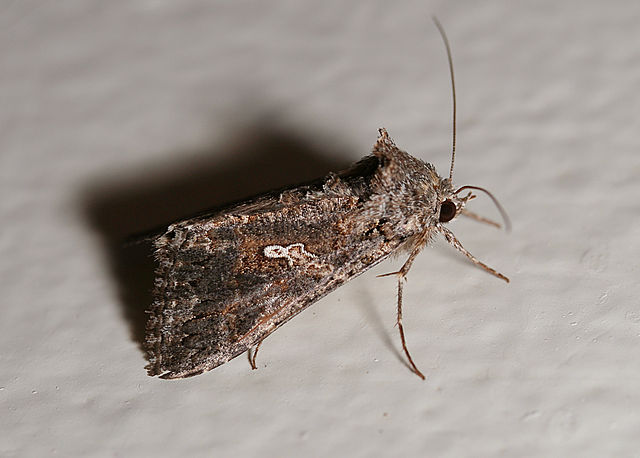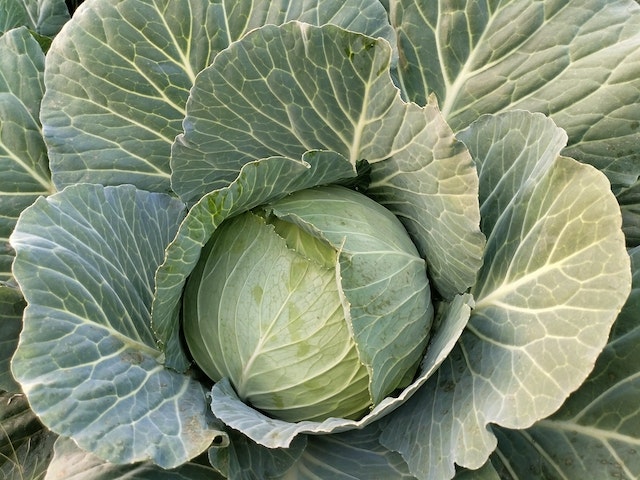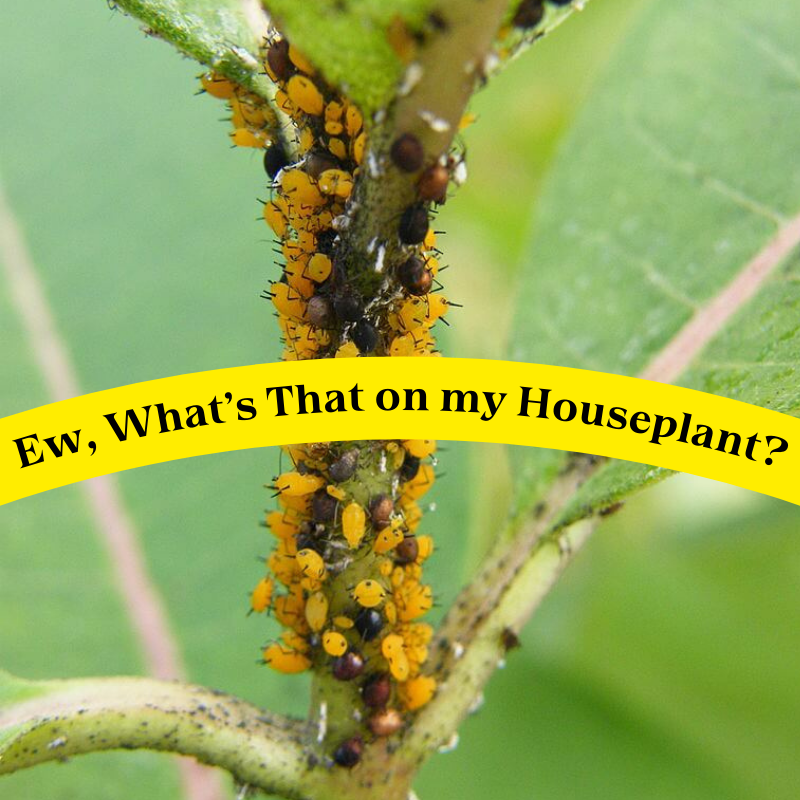This post may contain affiliate links. As an Amazon Associate we earn from qualifying purchases.
If you walk into the garden one fine fall morning and find your cabbage crop almost destroyed, suspect the cabbage looper.
Small green caterpillars, they feast not only on cabbage but on its relatives as well, including broccoli, collard greens and cauliflower.
Lift up the foliage to see if they’re hiding underneath and if you happen to catch a caterpillar in the act of destroying a plant, watch how it moves. If it arches its back, bringing the front part of its body to the back, it’s a cabbage looper and you need to act quickly.

Timing is everything
Check the under sides of the infested plants’ foliage for larvae (1-1/2 inches in length with pale stripes down their light green backs.) You’ll need to wait until 10 days after all the tiny, yellow or white eggs have hatched before applying insecticide.
Then, you’ll need a windless, cloudy day. Bright sunlight has a tendency to break down organic controls for this pest. Early evening is also an ideal time for application.

Mixing the cabbage looper insecticide
The most effective organic control of cabbage looper is a product that includes Bacillus thuringiensis (also called “Bt”). Bt strains are pest specific, so ensure that you purchase one with Bacillus thuringiensis var. kurstaki.
We like Bonide’s Thuricide. It costs less than most and it gets the job done.
An alternative is an insecticide containing spinosad. Again, Bonide’s Captain Jack’s Dead Bug Brew is the most economical.
You’ll need either a hose-end or tank sprayer in which to mix the insecticide with water and apply it to the plants. Hose-end sprayers are the least expensive but don’t tend to last as long as tank sprayers. We’ve used both the Dial N Spray from Ortho and the Chapin Professional Sprayer.
We love the wand on the Smith Professional Compression Sprayer but the less-expensive Chapin 20000 is a good choice as well.
Mix the insecticide with water, according to the label instructions. In most cases, ½ to 2 teaspoons of the concentrated insecticide per gallon of water will treat 1,000 square feet of garden space.
How to apply cabbage looper insecticide
Spray the foliage evenly and thickly to both the upper and lower leaf surfaces. Stop spraying before the product runs off the plant. Thorough coverage is necessary to ensure control of the cabbage looper.
Repeat the application once a week until control is achieved, or according to the frequency listed in the label instructions.
Tip: Many garden pests overwinter in debris left on the soil. It’s important to clean up all debris and till the soil after the vegetable season ends.
Prevention of cabbage looper
The best way to prevent this garden pest is to plant cabbage looper-resistant varieties. These include: ‘Savoy Perfection Drumhead’ and ‘Mammoth Redrock.’ Keep in mind that the relative resistance dissipates under heavy feeding pressure so you’ll still need to keep an eye out for this pest.
Get in-depth information on growing cabbage in winter here on Gardenologist.org.
You’ll find more information on the cabbage looper, its life cycle and how to control it at the University of Maryland Extension’s website.
Mention of a fertilizer or pesticide, or use of a pesticide or fertilizer label, is for educational purposes only. Always follow the product’s label directions attached to the container you are using. Be sure that the plant you wish to treat is listed on the label of the pesticide you intend to use. If growing edibles, check the label for the number of days between pesticide application and when you can harvest your crop.




